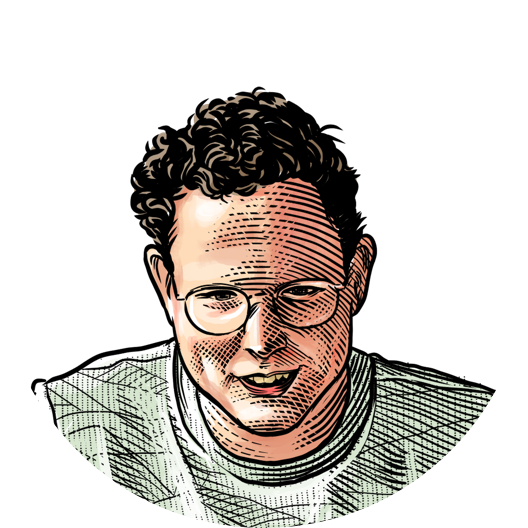The Beauty Of Failure
This blog post summarizes a presentation I gave on March 7, 2023, at St. Joost, where I was asked to share a career failure.
I returned to St. Joost, where my journey began years ago. It feels like coming home, even though much has changed. I vividly remember this smell and how we protested against the school’s move to Lovensedijkstraat (No Cash Cow!), a battle we ultimately lost.
There I was, back in these familiar corridors.

Reflecting on my own school time, which was quite different from most. Traditional education, memorizing, and tests didn’t suit me. I received a MAVO/HAVO recommendation in elementary school but ended up in MAVO, barely passing. My time was consumed by my punk band, recording music, and other non-school related activities.
My first computer encounter was with a Commodore 64, immediately knowing this was my path. After MAVO, my mentor steered me towards a system administration course. Yet, I soon realized my passion lay elsewhere - in creating with computers. I made websites and guestbooks in 1996 for the bands I played in and for friends.
System administration felt thankless. Discussing this with my mentor, I switched to computer science but hit a wall due to its theoretical focus rather than practical applications.
Eventually, I found my place at CMD, housed within the St. Joost art academy. This program exuded a type of anarchism, aligning perfectly with my punk spirit. I loved the creative, disorganized atmosphere and the entrepreneurial spirits in my class. It felt like home, enjoying organizing projects with classmates.
During my studies, I interned at Lost Boys in Amsterdam, a thing that changed my life. They offered me a full-time job, but I chose to finish my education. I opted for freelancing, accidentally becoming an entrepreneur in the process.
In 2012, along with two friends and colleagues, we embarked on our first self initiated project: 1220. We saved money to dedicate a year to projects close to our hearts. Our philosophy was ‘scratch your own itch’ - developing products we needed or wanted.
That year, we created two Mac apps and one iPhone app. Überlayer, one of the Mac apps, helped developers with a semi-transparent overlay for easier tracing, while Will It Fit assisted with visualizing print dimensions for designers. Our iPhone app, Get Together, was a planner for simplifying appointments with friends.
We plunged into this adventure, spending months designing, programming, and building. The launch was exciting, celebrating in a small café along the Amstel in Amsterdam. The euphoria of seeing our app at number 1 in the App Store’s top charts was immense.
However, the excitement was short-lived. Checking the financial proceeds the next day, we realized our apps had only made about 10 euros. After almost a year of effort and dedication, the financial return was negligible. This was a valuable lesson. Despite our enthusiasm and belief in our products, we had never truly tested the market or asked potential users if they needed or wanted our creations.
This experience was a turning point. It taught me the importance of validating ideas before fully committing to a project. It was a financially disappointing but crucial step in my journey.
After this experience with 1220, I started a new project called Timi, a time tracking app together with my friend Rowan. The approach was radically different. Embracing the hard lessons on market validation and user feedback, we launched a basic product version of Timi after only one week. This early version was extremely rudimentary - it lacked even a login system. Everyone could see each other’s time entries, but testing and validating the core functionality, the time tracking, was key.
This shift from the isolated, input-lacking process of 1220 to actively seeking feedback with Timi was deliberate. We engaged users for their thoughts and usability feedback. This early and direct feedback was invaluable, allowing us to quickly make adjustments based on real user needs.

Hello, I'm Jankees van Woezik
Like this post? Follow me at @jankeesvw on Twitter